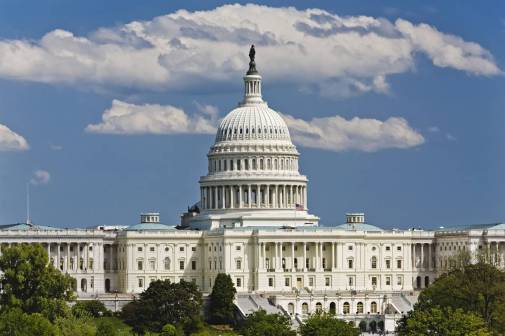Calif. bill resurrecting violent death tracking database nears key hearing

A California bill that would resurrect the state’s efforts to track violent deaths with a central database is nearing a key hearing as it makes its way through the Legislature.
Sen. Richard Pan’s S.B. 877 is now set for a hearing in the Assembly’s Appropriations Committee next week, giving lawmakers a chance to review the legislation’s fiscal impact before deciding whether to send it to the Assembly floor for another vote after it passed the Senate in June.
The bill would clear the way for the state’s Department of Public Health to re-establish the California Electronic Violent Death Reporting System, also known as CalEVDRS. The department previously operated the database for several years to track homicides, suicides, accidental deaths and even incidents of law enforcement officers using lethal force before funding for it dried up.
“Re-creating CalEVDRS allows us to do research on how we can best prevent violent deaths,” Pan wrote in a committee report on the bill. “It shows us what is working and what is not. We cannot prevent these types of deaths if we do not understand what is driving them. This bill lets us make smarter decisions so we can prevent violence.”
Specifically, the bill would direct the department to collect data on violent deaths from “death certificates, law enforcement reports and coroner or medical examiner reports” collected by local government agencies on violent deaths, and enter into any necessary “contracts, grants, or other agreements” with localities to make this possible.
The legislation would also clear the way for law enforcement agencies to contribute aggregate data to the department from “investigative reports” and “laboratory toxicology reports.”
The health department would then have to regularly post a “summary and analysis of the collected data” on its website.
However, the bill doesn’t contain a funding mechanism, noting only that the department would be able to use money allocated by the Legislature, or obtained through federal or private funding sources, to run the database.
According to a report prepared for the Assembly’s Committee on Health by analysts Paula Villescaz, the health department first established the system in 2005 through the Centers for Disease Control and Prevention’s National Violent Death Reporting System program.
Along with 17 other states, California operated the database under the federal program’s umbrella through 2008, collecting data from several of the state’s largest cities and counties on 10,000 violent deaths.
“Unfortunately, due to its size, decentralized government, privacy concerns and lack of resources among law enforcement agencies, California was unable to obtain law enforcement records required by NVDRS and could not reapply for funding,” the report reads.
However, the California Wellness Foundation supported the system with grant funding through 2010, but that’s since expired, according to the report.
Now, Villescaz notes the department is in the process of re-applying for funding through the CDC program, and if it’s successful, the state would get access to that money in September.
She adds that the department “cannot predict the level of funding that the CDC will grant California, if any,” but they estimate that “at most, the CDC funding could cover approximately 33 percent to 50 percent of the costs of a fully-developed statewide active surveillance system that covers close to 100 percent of California’s violent death cases.”
According to a report by the Senate’s Appropriations Committee, the system would cost roughly $760,000 for the department to maintain each year, as it would have to pay “for staff to oversee contracts with counties and law enforcement organizations, analyze data and prepare reports,” in addition to spending to “reimburse counties and law enforcement agencies who would provide information” to the department.
Despite those costs, the legislation’s attracted broad support from public-health-focused groups, including the Union of American Physicians and Dentists, and the American Foundation for Suicide Prevention.
But the bill still has a ways to go before it reaches Gov. Jerry Brown’s desk. Should it make it out of the Appropriations Committee, it would still need to earn a “second reading” in the Assembly before it goes to the floor for a vote.
Yet the legislative analytics company FiscalNote estimates that it has just an 8.4 percent chance of making it out of the Assembly committee, though it would have a 68.5 percent chance of passing should it earn an Assembly vote.
Lawmakers won’t have long to make a decision on the bill — California’s legislative session ends on Aug. 31.






